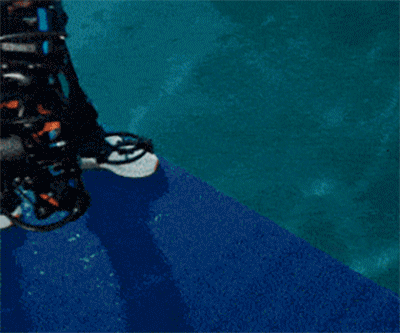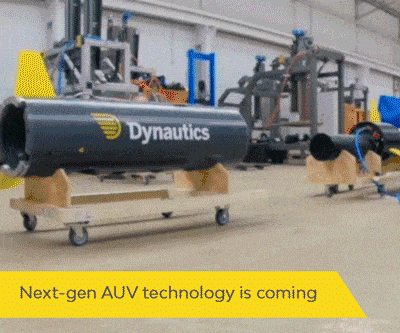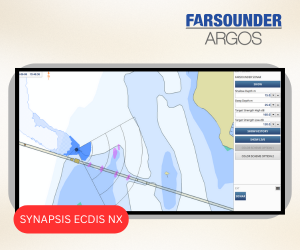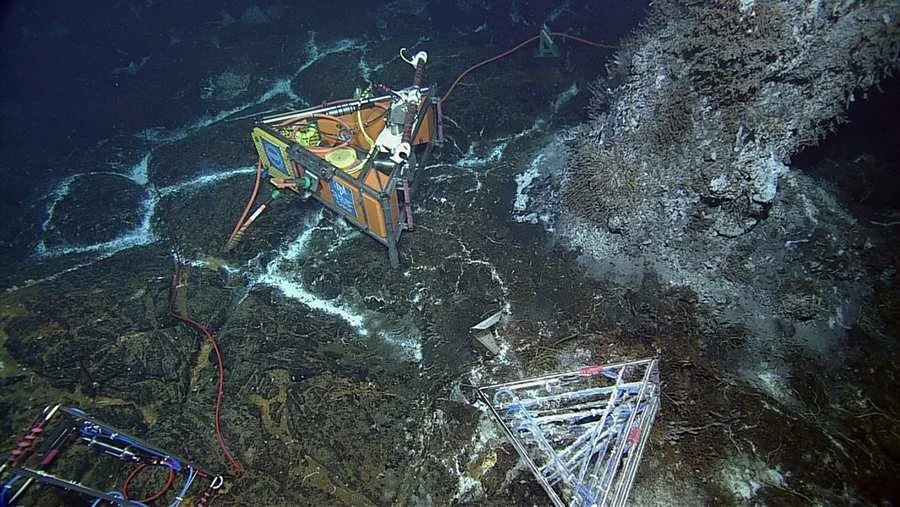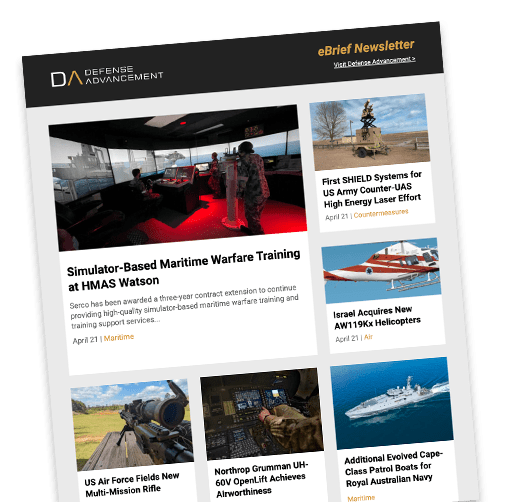
Autonomous Control Systems
Discover cutting-edge solutions from 4 leading global suppliers
Hefring Marine emphasizes that for operators of high-speed vessels, crew transfer boats, and small workboats, whole body vibration (WBV) is not merely a discomfort—it is a serious occupational risk with both short- and long-term health consequences.
These vibrations, transmitted via the vessel’s hull, deck, seat, or floor, can contribute to chronic medical conditions, decreased crew performance, and compromised maritime safety. As vessels become faster and missions more demanding, managing WBV has become increasingly vital.
To address this issue, Hefring Marine has developed its Intelligent Marine Assistance System (IMAS®), designed to identify, track, and reduce the harmful impact of WBV on seafarers.
IMAS®: Tackling WBV with Technology
Hefring Marine’s IMAS® offers a cutting-edge solution to the WBV challenge. It combines advanced sensors and intelligent software to deliver live monitoring and practical feedback for crews.
IMAS® integrates with existing onboard systems to continuously measure vessel motion, including vertical shocks, slamming, and prolonged vibrations — often caused by wave impacts and machinery operation. The platform compares data to regulatory thresholds and alerts operators when conditions become unsafe, recommending corrective action.
How IMAS® Works to Manage WBV
The IMAS® system uses a structured approach to WBV control, covering detection, evaluation, and response:
- Detection: Integrated sensors capture high-frequency motion and acceleration data across vertical, lateral, and longitudinal axes. This includes information on speed, heading, and sea state.
- Analysis: The system processes real-time data against ISO 2631-1 and EU limits, calculating exposure levels such as RMS and VDV.
- Mitigation: When high WBV levels are detected, the system delivers real-time alerts and feedback; recommendations for speed, heading, or route changes; adaptive operation suggestions based on conditions; post-mission reporting to refine operational practices.
Live Guidance and Operational Insights
IMAS®’s key strength lies in its ability to provide real-time, actionable insights. It continuously tracks critical parameters and offers timely alerts and advice through an easy-to-use interface.
Dr. Magnús Þór Jónsson, CTO and Co-Founder of Hefring Marine, explained, “IMAS® transforms complex motion data into meaningful, easy-to-understand insights that empower vessel operators to make better decisions, before, during, and after missions, leading to improved safety, reduced fatigue, and optimized vessel performance.”
The system also supports benchmarking, allowing operators to assess their performance during and after missions. This helps identify training opportunities and refine operational strategies to lower WBV exposure.
Post-Mission Reporting and Fleet Optimization
In addition to live monitoring, IMAS® offers detailed post-operation reports, highlighting times of elevated vibration, operator behavior and performance trends, as well as environmental factors linked to high WBV levels.
Over time, IMAS® builds a historical database of vessel activity and sea conditions, supporting comparisons between vessels and operators, training based on real-world navigation data, and evidence-based design improvements with maintenance planning.
These insights help shipowners and fleet managers make informed decisions, boost safety, and meet regulatory requirements.
Ongoing Development and Future Integration
Hefring Marine continues to expand IMAS® capabilities through continuous innovation. The system’s modular setup allows for upgrades and new features as technology evolves and understanding of WBV deepens.
As awareness of crew safety grows in the maritime sector, solutions like IMAS® are expected to become essential on vessels where vibration poses a threat to personnel well-being.
Origins of Whole Body Vibration at Sea
WBV aboard vessels results from several overlapping sources. Dr. Jónsson identifies the main contributors as:
Wave impact and slamming: High-speed craft that strike waves generate sharp vertical accelerations, sending strong vibrations through the vessel’s frame.
- Propeller-related vibration: Cavitation, turbulence, or imbalances around propellers produce rhythmic vibration that spreads through the ship’s structure.
- Machinery and engine noise: Diesel engines, pumps, and generators emit continuous mechanical vibrations throughout the vessel.
- Sea movement and waves: Natural pitching, rolling, and heaving motions in response to wave action create low-frequency vibrations affecting the entire body.
- Structural design: Inadequate hull architecture or structural resonance can amplify vibration severity.
- Duration of exposure: Longer periods of vibration exposure increase the negative impact on health and performance.
Effects on Crew Health and Efficiency
The consequences of WBV exposure are both immediate and long-lasting. In the short term, affected crew may experience:
- Fatigue and discomfort
- Muscle tension and lower back pain
- Impaired coordination and stability
- Reduced alertness and higher risk of mistakes
Over the long run, the health impacts can escalate to:
- Degeneration of spinal discs and chronic back problems
- Musculoskeletal injuries
- Damage to joints and spinal discs
- Gastrointestinal and circulatory disorders
- Decreased focus and mental function
Dr. Jónsson noted, “These health risks are especially concerning for crew members on high-speed craft, fishing vessels, and offshore support vessels, where WBV levels can exceed recommended thresholds.”
Studies involving Icelandic mariners and former U.S. Coast Guard members revealed widespread reports of long-term pain in the lower back, shoulders, and knees. Many veterans who frequently operated small high-speed boats required medical care and surgeries due to WBV-related injuries, demonstrating the cumulative toll of such exposure.
Vessels and Conditions with Elevated Risk
Certain vessel types and operational scenarios present especially high WBV exposure risks:
- High-speed planing vessels: Patrol boats, rescue craft, tactical vessels, and RIBs often face harsh vertical impacts from waves.
- Small workboats and CTVs: Fishing boats, pilot vessels, and crew transfer boats frequently operate in tough conditions and may lack modern shock absorption technology.
- Challenging missions: Rough seas, high-speed travel through chop, long durations at sea, and frequent trips all contribute to higher vibration exposure.
The danger is even greater for non-mariners, such as CTV passengers and technicians, who may be more vulnerable to WBV effects due to lack of conditioning.
Standards and Compliance Hurdles
The maritime industry is subject to various regulations aimed at minimizing WBV. The European Union’s Physical Agents (Vibration) Directive 2002/44/EC outlines key thresholds:
- Exposure Action Value (EAV): 0.5 m/s², prompting action to reduce vibration exposure
- Exposure Limit Value (ELV): 1.15 m/s², which must not be exceeded under any circumstances
The ISO 2631-1 standard also provides methodology for evaluating WBV exposure. However, achieving compliance remains a challenge due to:
- Highly variable sea conditions
- Limitations in vessel design
- Lack of integrated measurement tools
- Gaps in operator awareness and training
- Practical constraints in upgrading older boats
Dr. Jónsson explained, “Unlike land-based vehicles, maritime vessels frequently operate in unpredictable sea states where wave slamming, and high-speed manoeuvres cause unavoidable spikes in vibration levels.”
Conclusion
Whole-body vibration is a serious risk for maritime crews, especially those on fast or small vessels in rough conditions. Health impacts ranging from physical discomfort to reduced cognitive ability demand effective countermeasures.
Hefring Marine’s IMAS® provides a comprehensive solution by combining real-time monitoring, smart data analysis, and actionable guidance. By supporting crews in reducing vibration exposure while staying operationally efficient, IMAS® enhances safety, crew health, and compliance.
Dr. Jónsson concluded, “At Hefring Marine, we have made this a priority through the continuous development of IMAS® to help mitigate the risks associated with WBV across different maritime market segments. By integrating real-time sensor data, intelligent analytics, and actionable guidance, we support vessel operators in minimizing exposure to harmful vibrations while maintaining operational effectiveness.”
In a sector where balancing safety and operational demands is a constant challenge, advanced systems like IMAS® are crucial for creating sustainable and secure working environments at sea.





